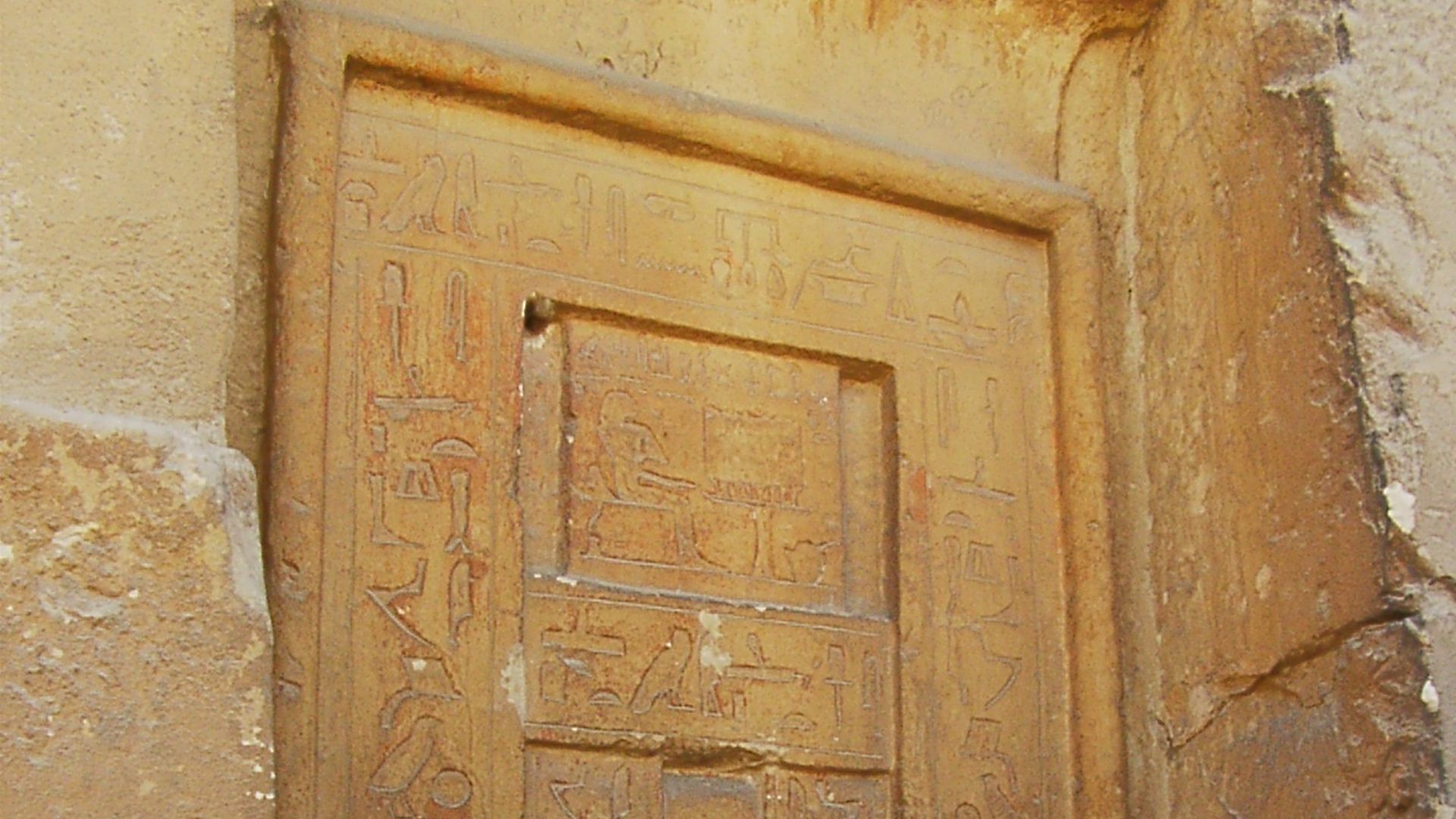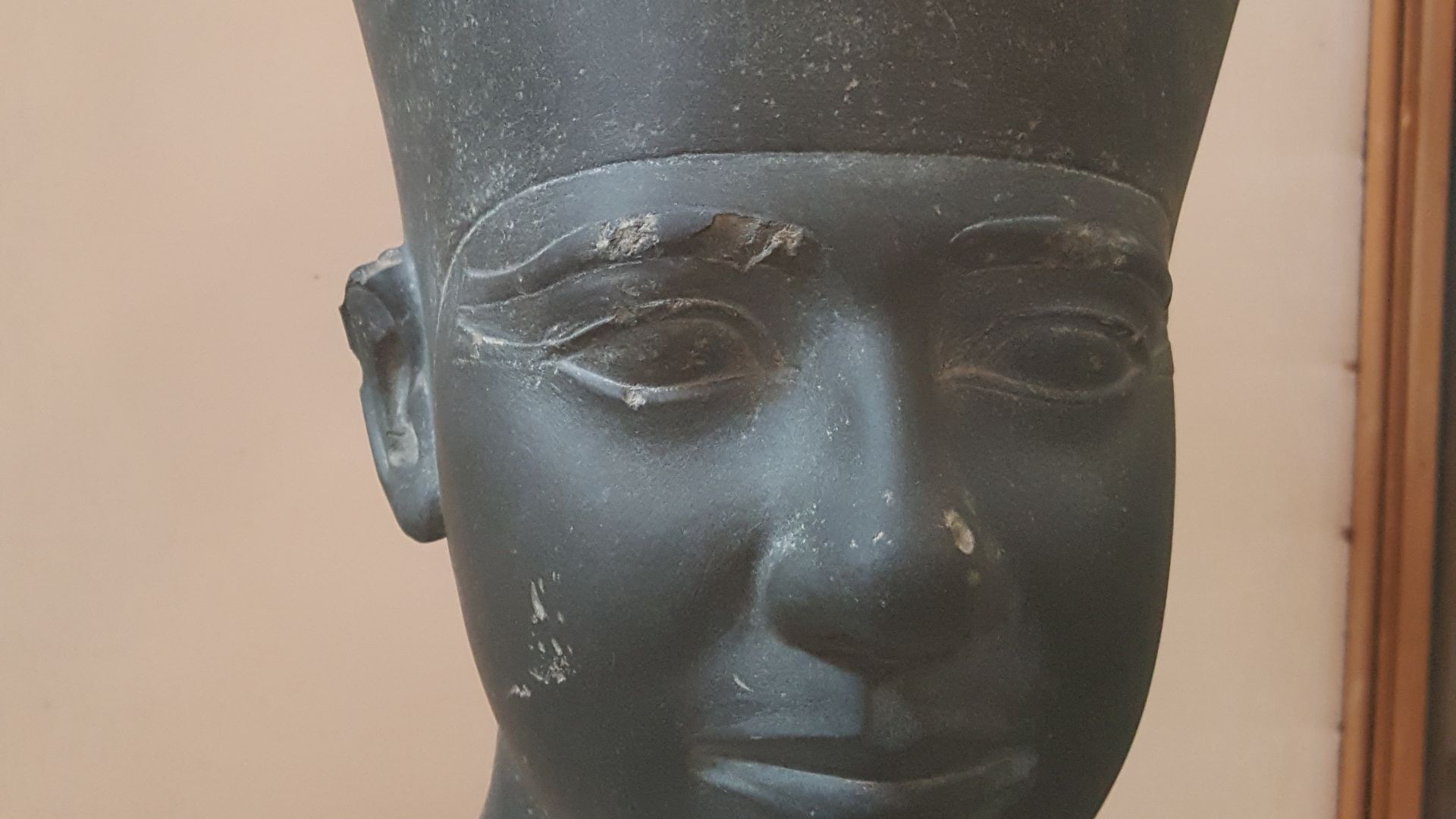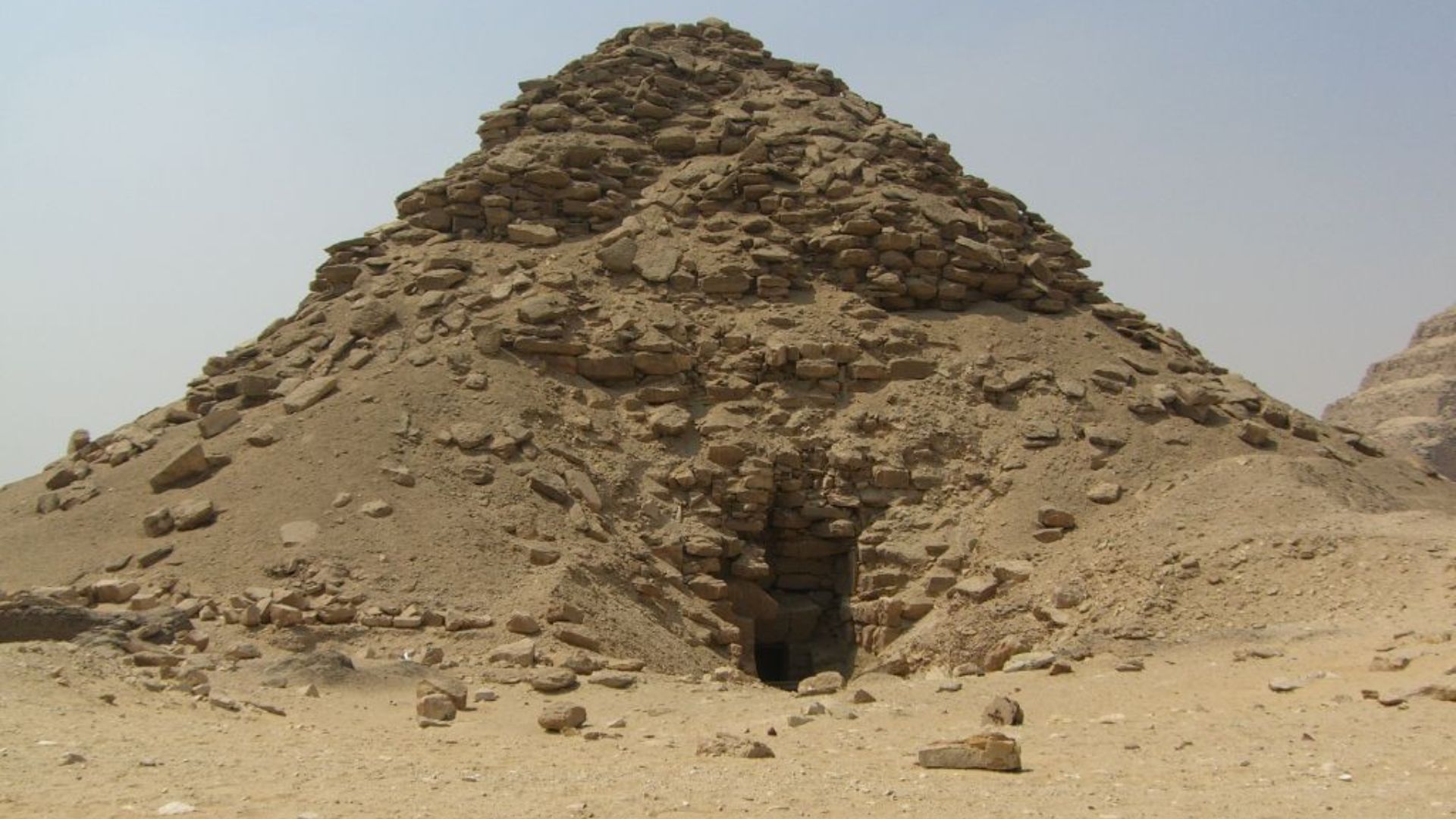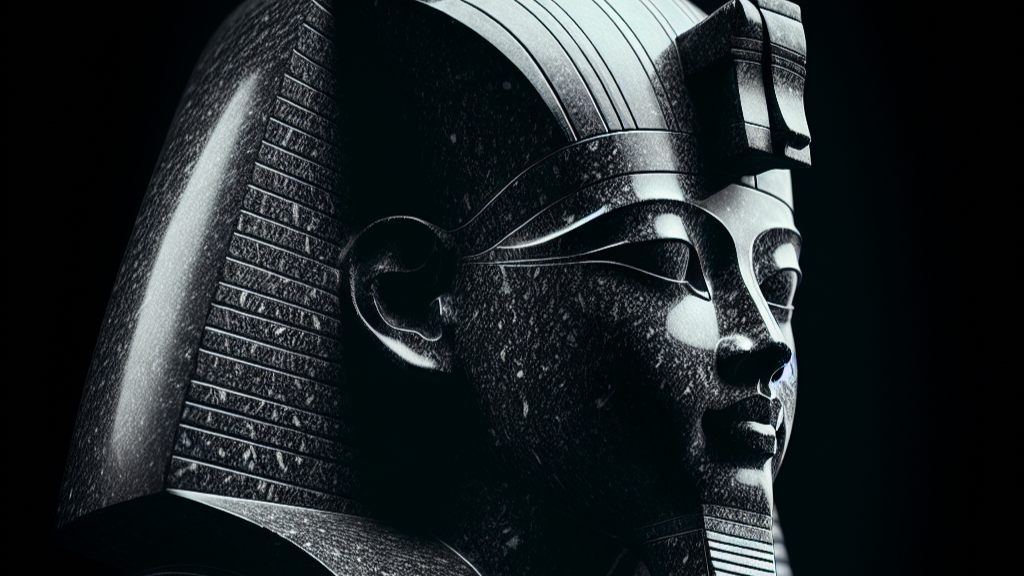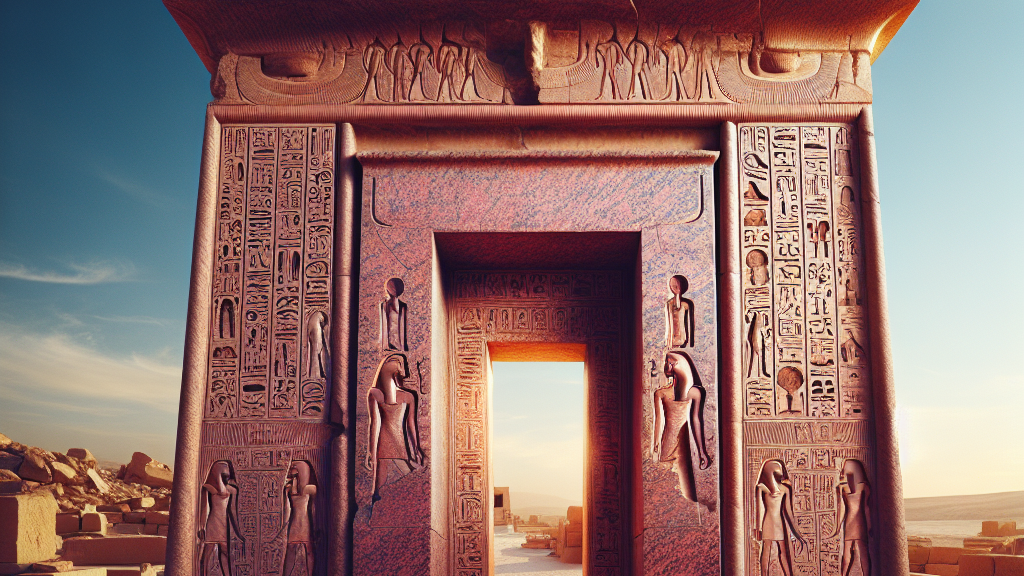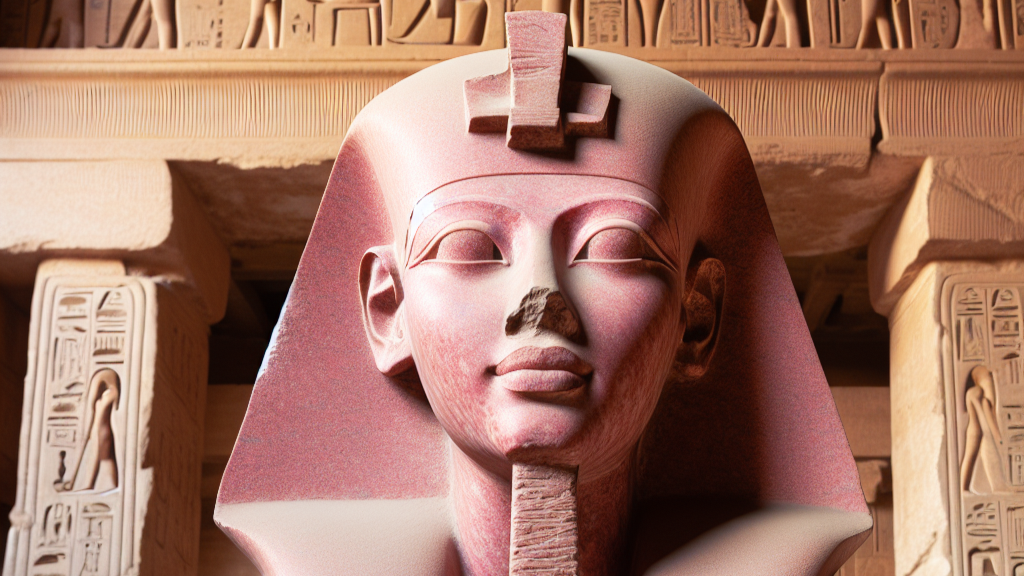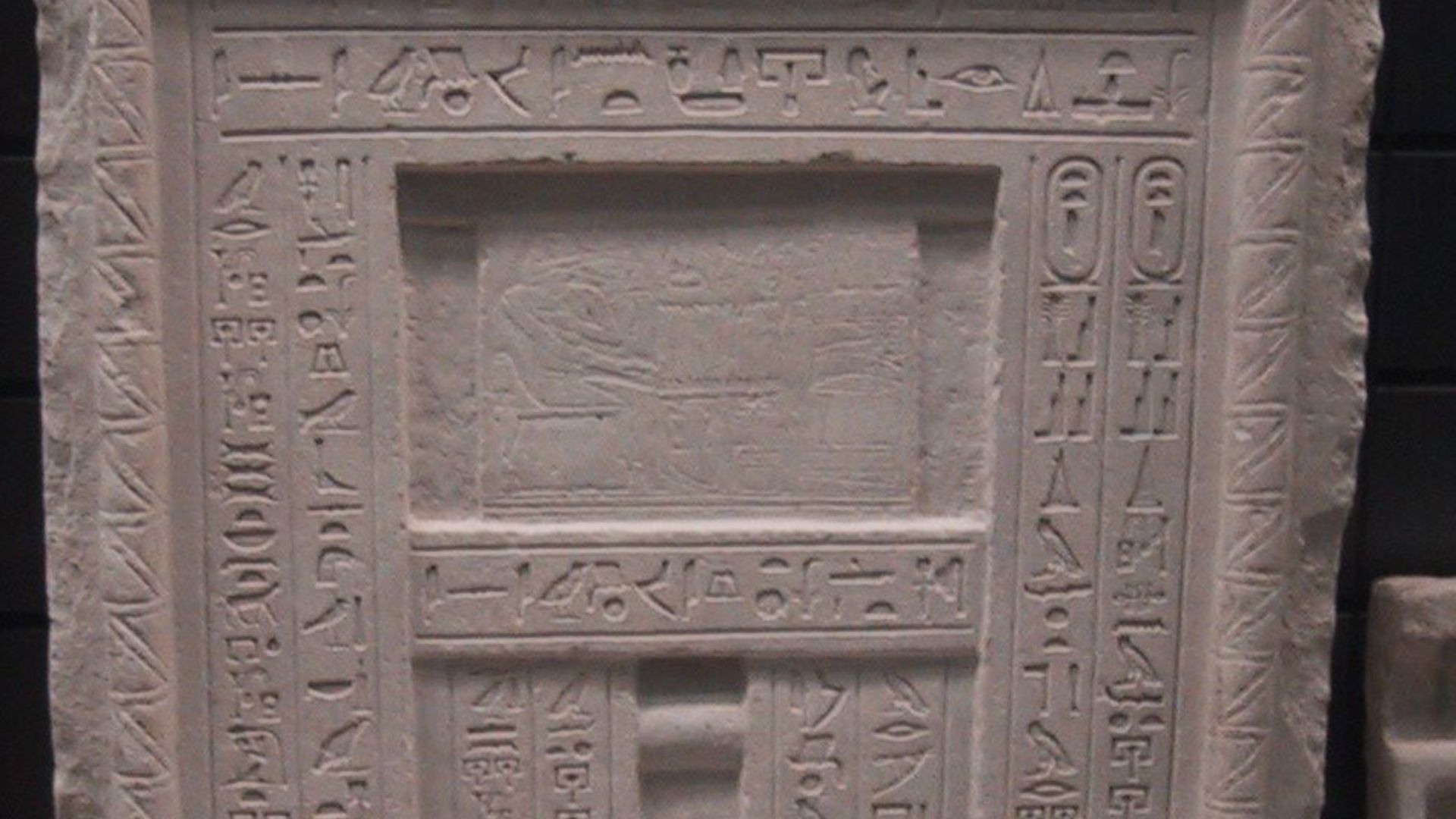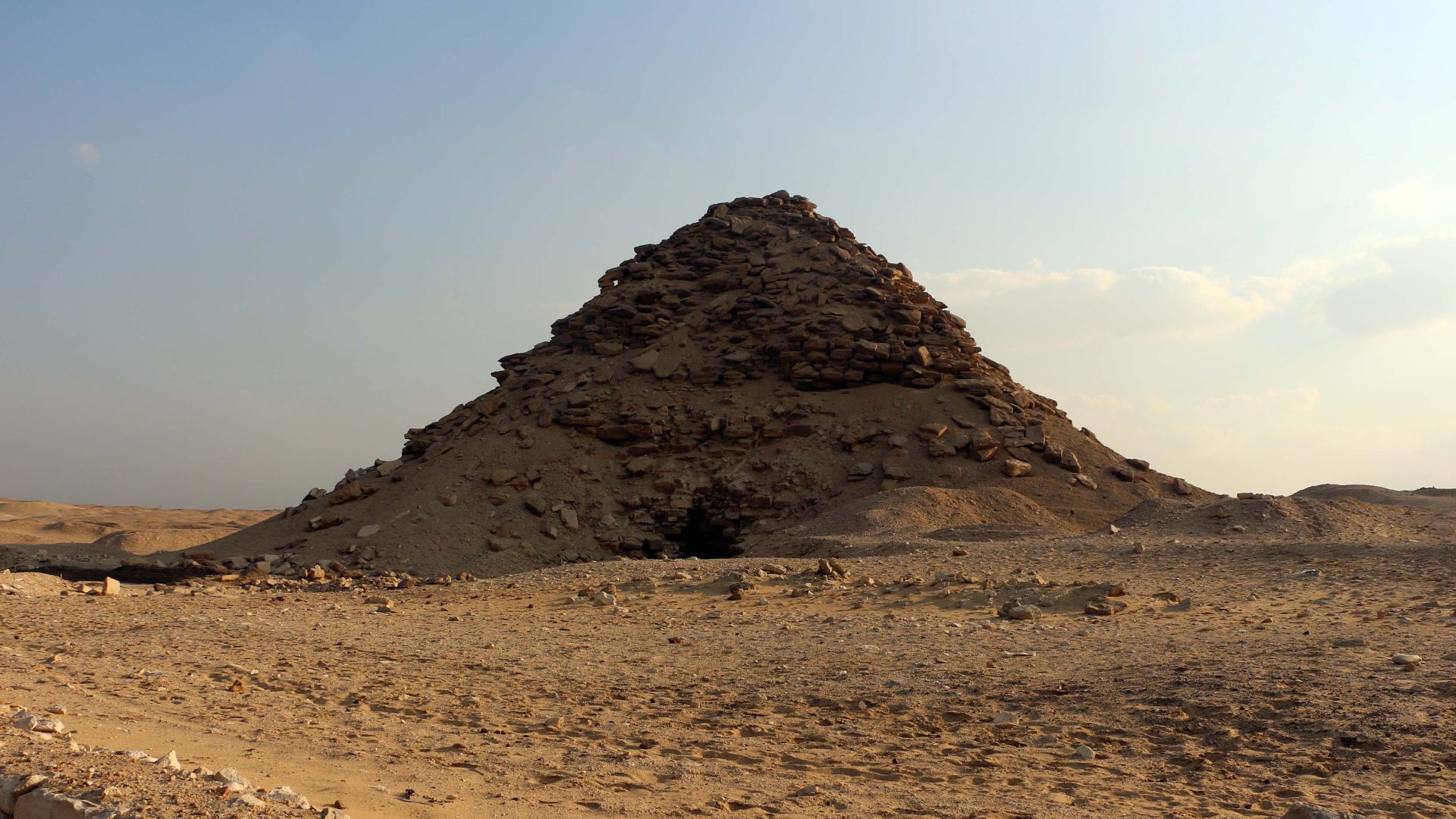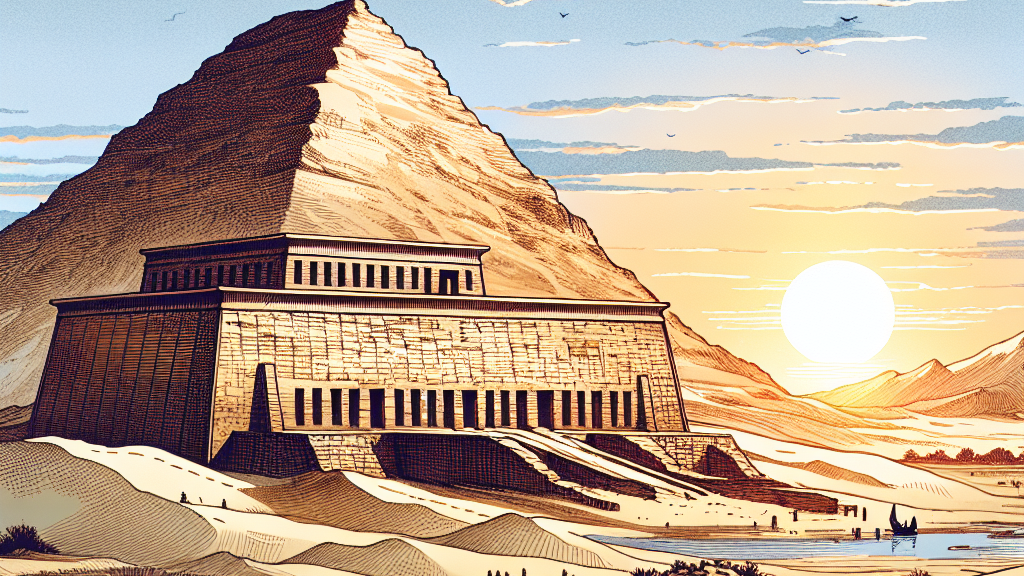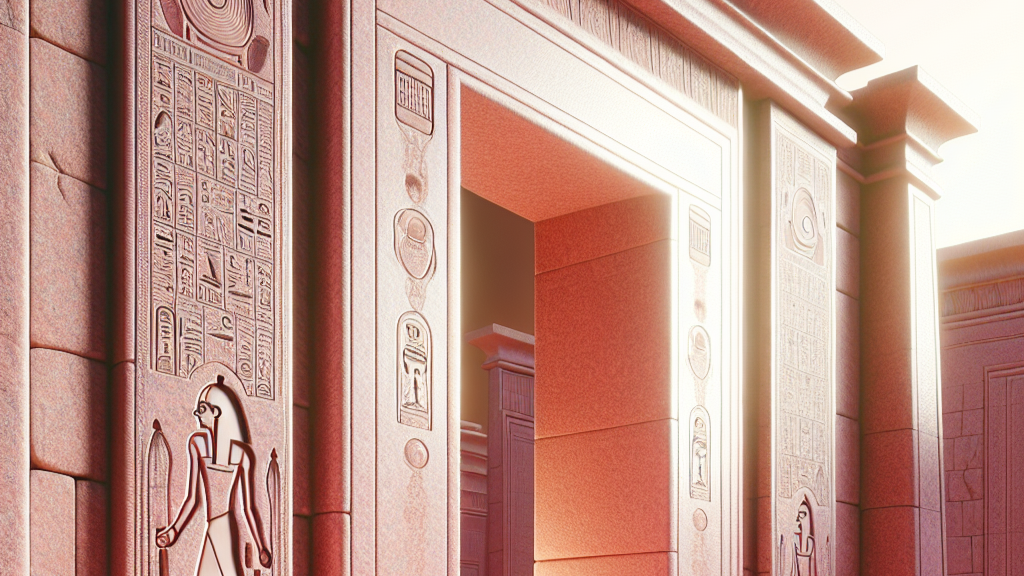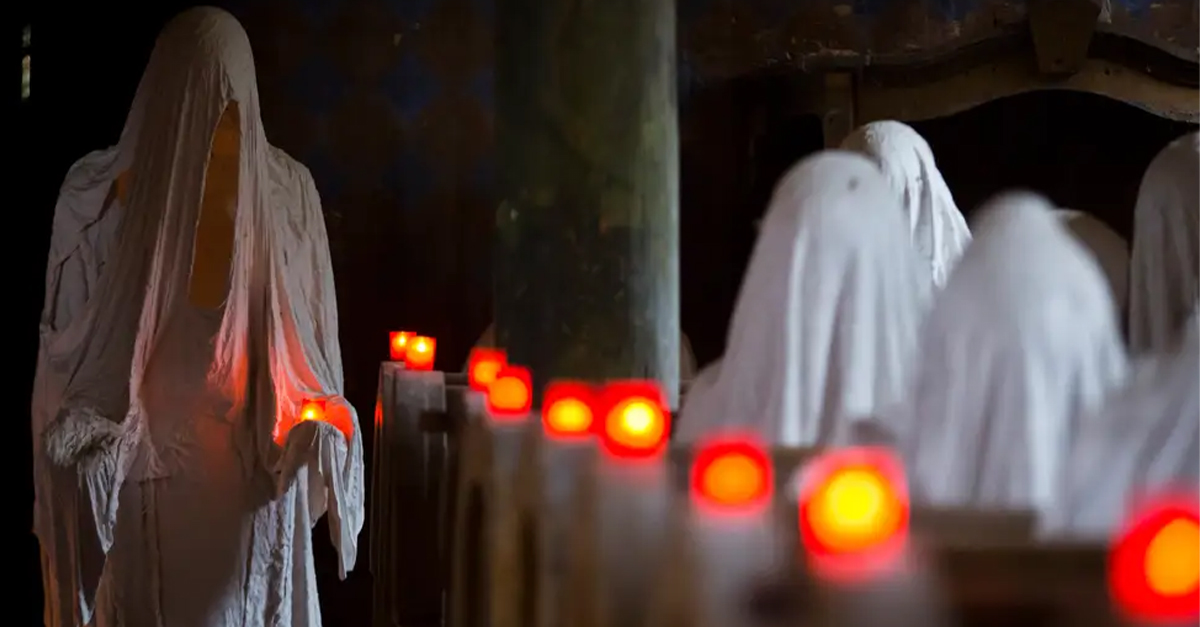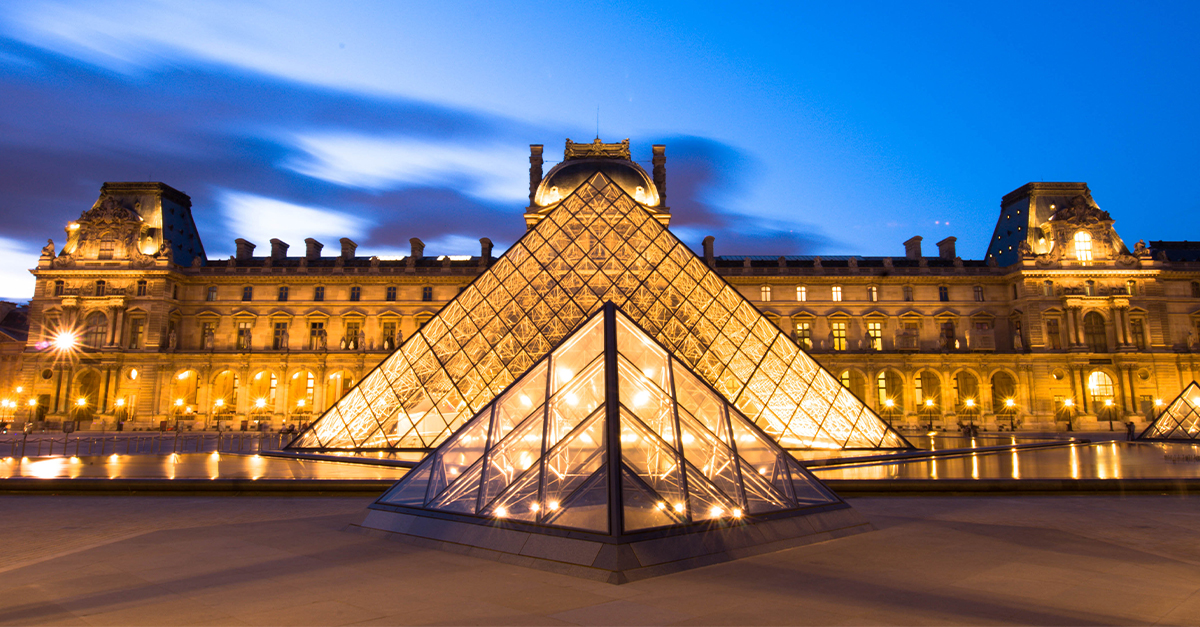Secrets In The Sands
Deep below the Saqqara sands, a place that has protected the bodies of Egypt's ancient peoples for millennia, archaeologists stumbled upon a riddle carved in stone—a false door made of pink granite. What they found just beyond the door unveiled centuries old secrets…

A False Door That Hid The Truth
Behind the door, archaeologists found a tomb—a symbolic architectural element meant to allow the deceased's spirit to pass between worlds. But in this case, the door was all too real and opened the way to one of the year’s most jaw-dropping discoveries.
The Tomb Of A Forgotten Prince
The tomb belonged to Prince Userefre (also rendered as Waser Ef Ra), the son of King Userkaf, who founded Egypt’s Fifth Dynasty. Until now, this royal figure had been largely absent from historical records.
Saqqara: An Ancient Necropolis Revisited
The researchers discovered the tomb at the Saqqara archaeological site, which is part of the Giza Governate. While many discoveries have been made at this site, this fresh find confirmed that there’s much more there to be uncovered.
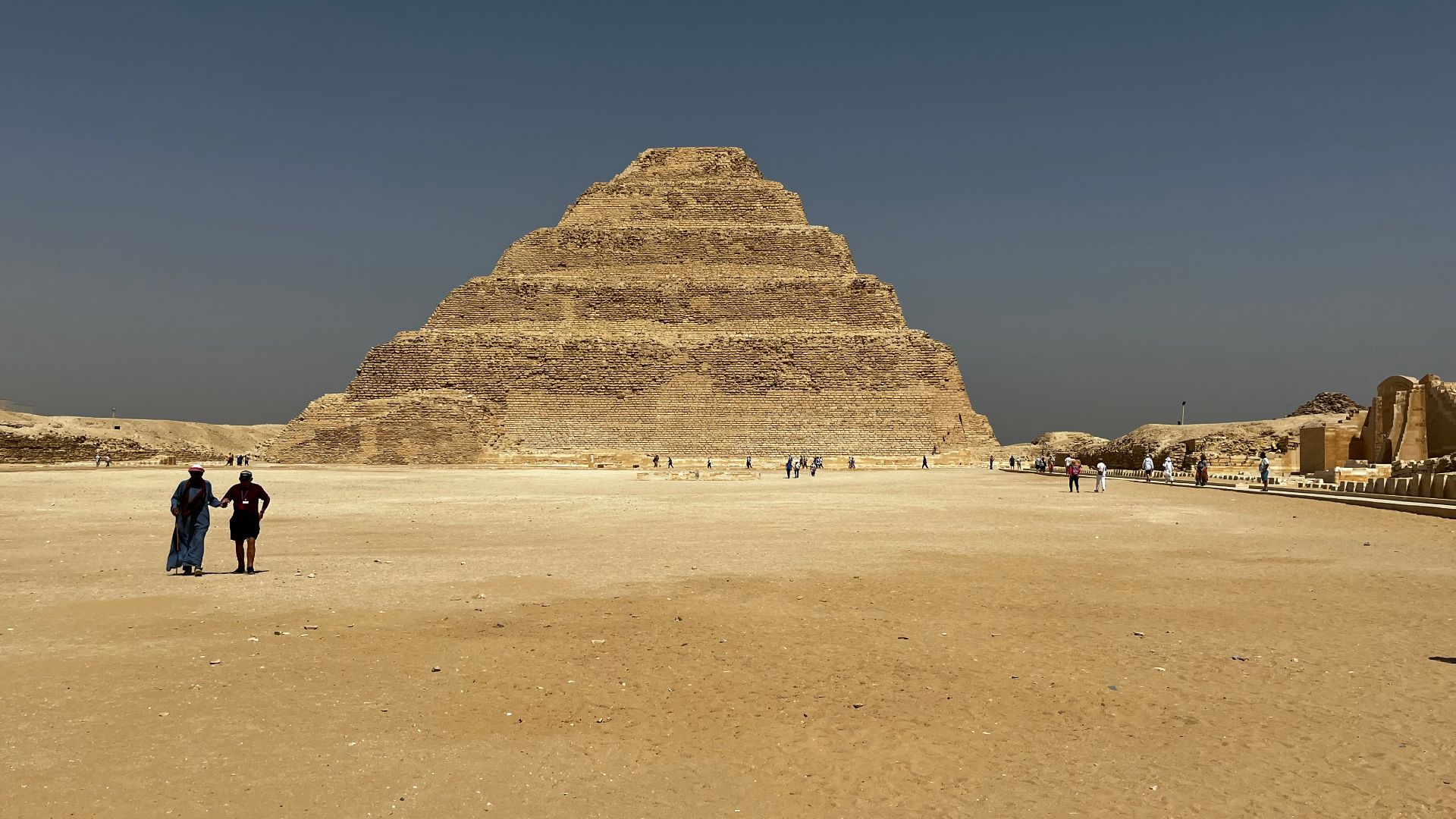 LisethHatta17, Wikimedia Commons
LisethHatta17, Wikimedia Commons
A Dynasty Comes To Life
Prince Userefre is a member of the lineage of King Userkaf. History credits him as a king who helped initiate the building of pyramids in the Fifth Dynasty. That ties the tomb to a transformative era in the history of Egypt.
Titles That Speak Of Power
Researchers uncovered hieroglyphic inscriptions on the false door. Once translated, these writings revealed the Prince’s many titles. They included several monikers of great authority, such as hereditary prince, regional governor, royal scribe, minister, judge, and chanting priest.
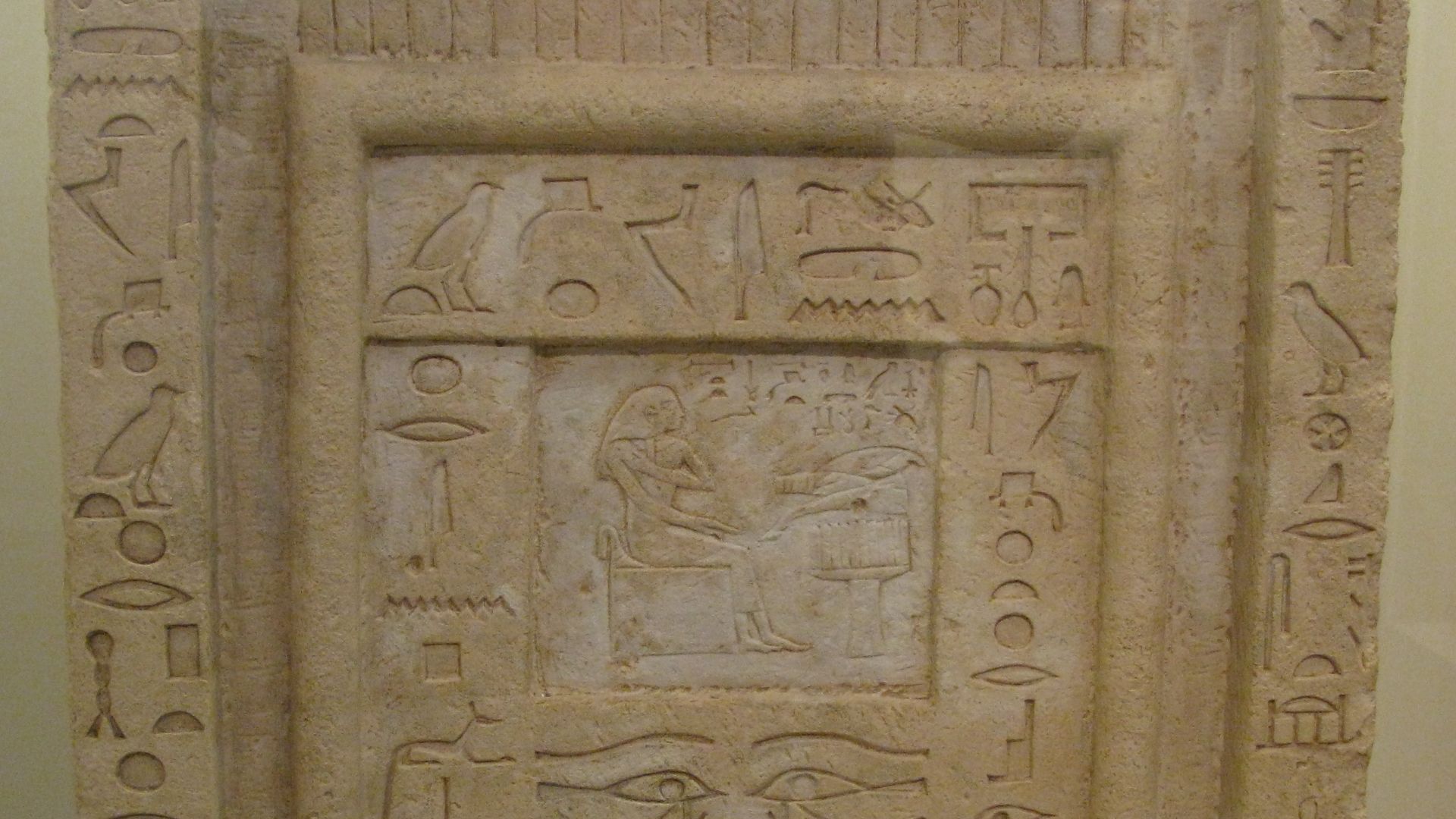 Tilemahos Efthimiadis from Athens, Greece, Wikimedia Commons
Tilemahos Efthimiadis from Athens, Greece, Wikimedia Commons
Statues Of A Pharaoh And His Family
Inside the tomb, archaeologists found statues of King Djoser, his wife, and their ten daughters. Djoser predates the Fifth Dynasty, making this a striking blend of royal symbolism across generations.
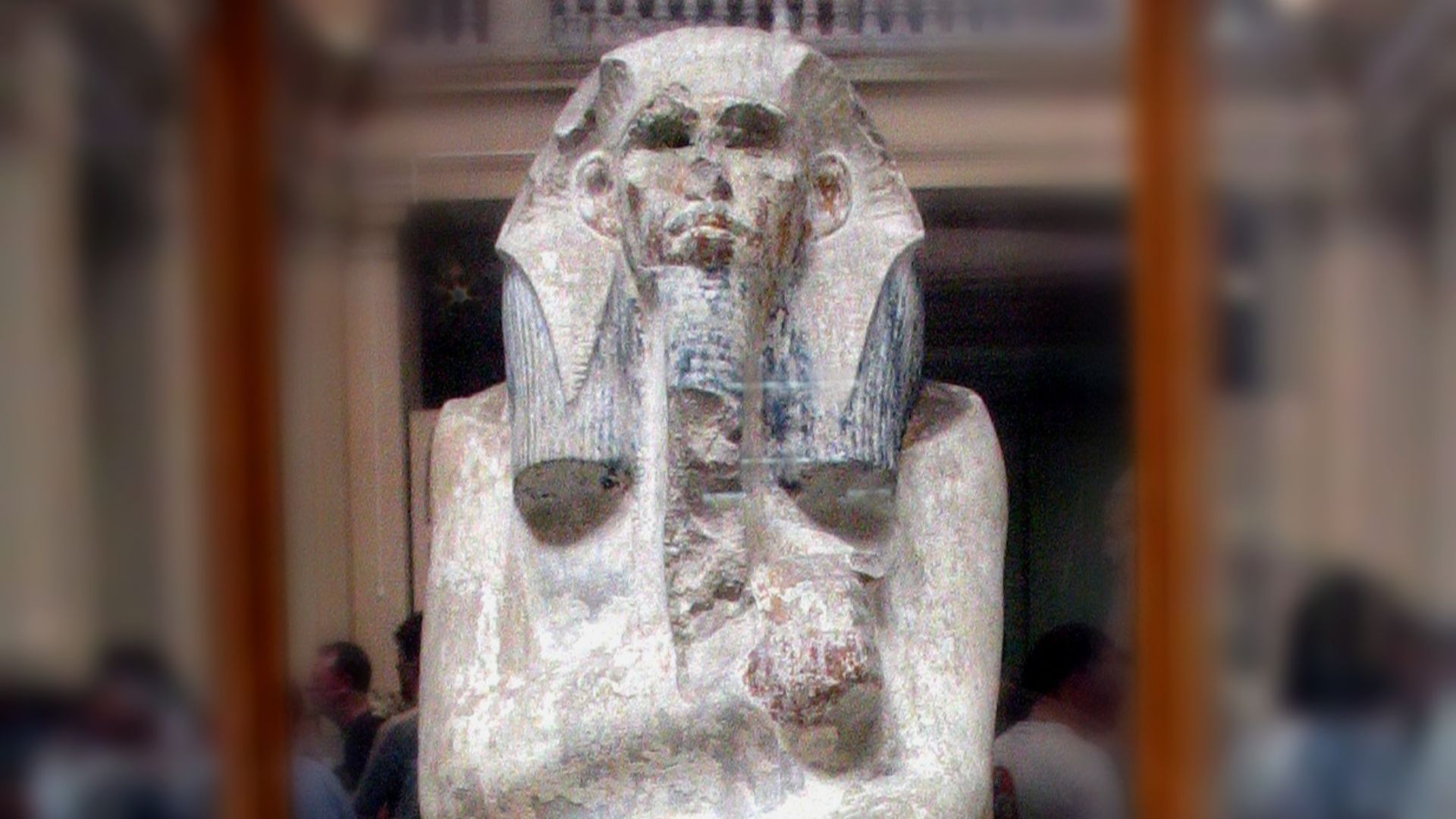 Djoser.jpg: Oesermaatra0069
derivative work: JMCC1 (talk), Wikimedia Commons
Djoser.jpg: Oesermaatra0069
derivative work: JMCC1 (talk), Wikimedia Commons
A Red Granite Offering Table
A red granite table, covered in inscriptions detailing funerary offerings, was uncovered inside the chamber. This table would have played a central role in ritual ceremonies meant to sustain the prince in the afterlife.
 The MOST precisely made granite object of Ancient Egypt - and why it's NOT geopolymer!, UnchartedX
The MOST precisely made granite object of Ancient Egypt - and why it's NOT geopolymer!, UnchartedX
A Haunting Black Granite Statue
A large black granite statue, believed to represent either the prince or a god, was discovered overturned near the chamber entrance. Measuring approximately 1.35 meters tall, its dramatic positioning left archaeologists puzzled.
Another Pink Granite Doorway Found
Beyond the main chamber, archaeologists located a second pink granite entrance, suggesting the tomb’s architecture was more elaborate than previously thought. Each granite threshold was a barrier—and an invitation.
The First Of Its Kind In Saqqara
To the north of the main lintel, a first-of-its-kind discovery was made: 13 pink granite statues seated on a high-backed bench. Nothing like this had ever been found in Saqqara before.
 Panegyrics of Granovetter, Wikimedia Commons
Panegyrics of Granovetter, Wikimedia Commons
The Mysterious Wives Of The Tomb Owner
Among the granite statues, some heads sat higher than others—believed to represent Userefre’s wives. Their central position and height suggest status.
Two Headless Figures Add To The Mystery
Near the statue group, archaeologists found two headless statues, standing before another black granite figure. Their identity is unknown—possibly unfinished, damaged by tomb robbers, or removed deliberately.
 Unknown artistUnknown artist, Wikimedia Commons
Unknown artistUnknown artist, Wikimedia Commons
Artistic Innovation From 4,400 Years Ago
The arrangement of the statues—seated, symmetrical, and detailed—suggests advanced artistic conventions for the Fifth Dynasty. The use of pink and black granite shows the craftsmanship involved.
 Carole Raddato from FRANKFURT, Wikimedia Commons
Carole Raddato from FRANKFURT, Wikimedia Commons
Hieroglyphs Provide A Glimpse Into Royal Life
Hieroglyphic inscriptions offer not just names and titles, but also a glimpse into rituals, duties, and beliefs of the prince and his household. These etchings are primary sources in their purest form.
The Power Of A False Door In Egyptian Belief
In ancient Egypt, a false door wasn’t just symbolic—it was thought to be the literal passage between the mortal world and the afterlife. Finding one that was real blurs the line between metaphor and miracle.
The Echo Of Chanting Priests
One of Userefre’s titles was "chanting priest", suggesting he played a religious role during his lifetime. Ritual music, sacred recitations, and temple rites may have been part of his daily life and legacy.
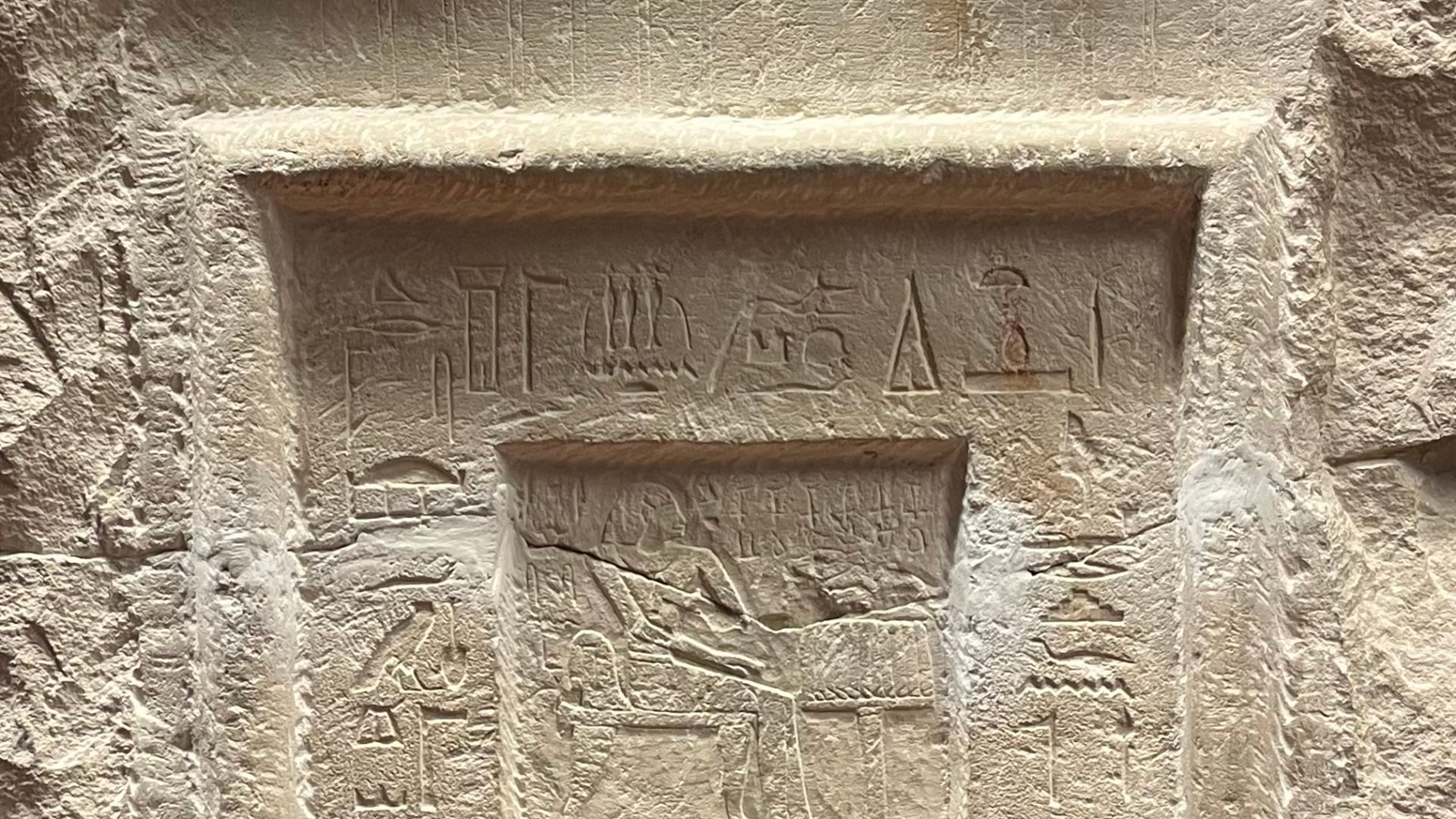 Paradise Chronicle, Wikimedia Commons
Paradise Chronicle, Wikimedia Commons
Statues In Motion: Not Just Decorations
The statues within the tomb are more than artistic flourishes—they were believed to serve as vessels for the soul. In Egyptian funerary culture, statues could house the ka (spirit) if the body was damaged.
 Raffaele pagani, Wikimedia Commons
Raffaele pagani, Wikimedia Commons
Egyptian Officials Celebrate The Find
Sherif Fathy, Egypt’s Minister of Tourism and Antiquities, praised the discovery as a “window into new secrets” of the Fifth Dynasty. The tomb's complexity supports that claim.
A Tomb Left Undisturbed For Millennia
There’s no strong evidence of robbery or destruction, meaning this may be one of the most intact royal tombs from this era ever discovered in Saqqara.
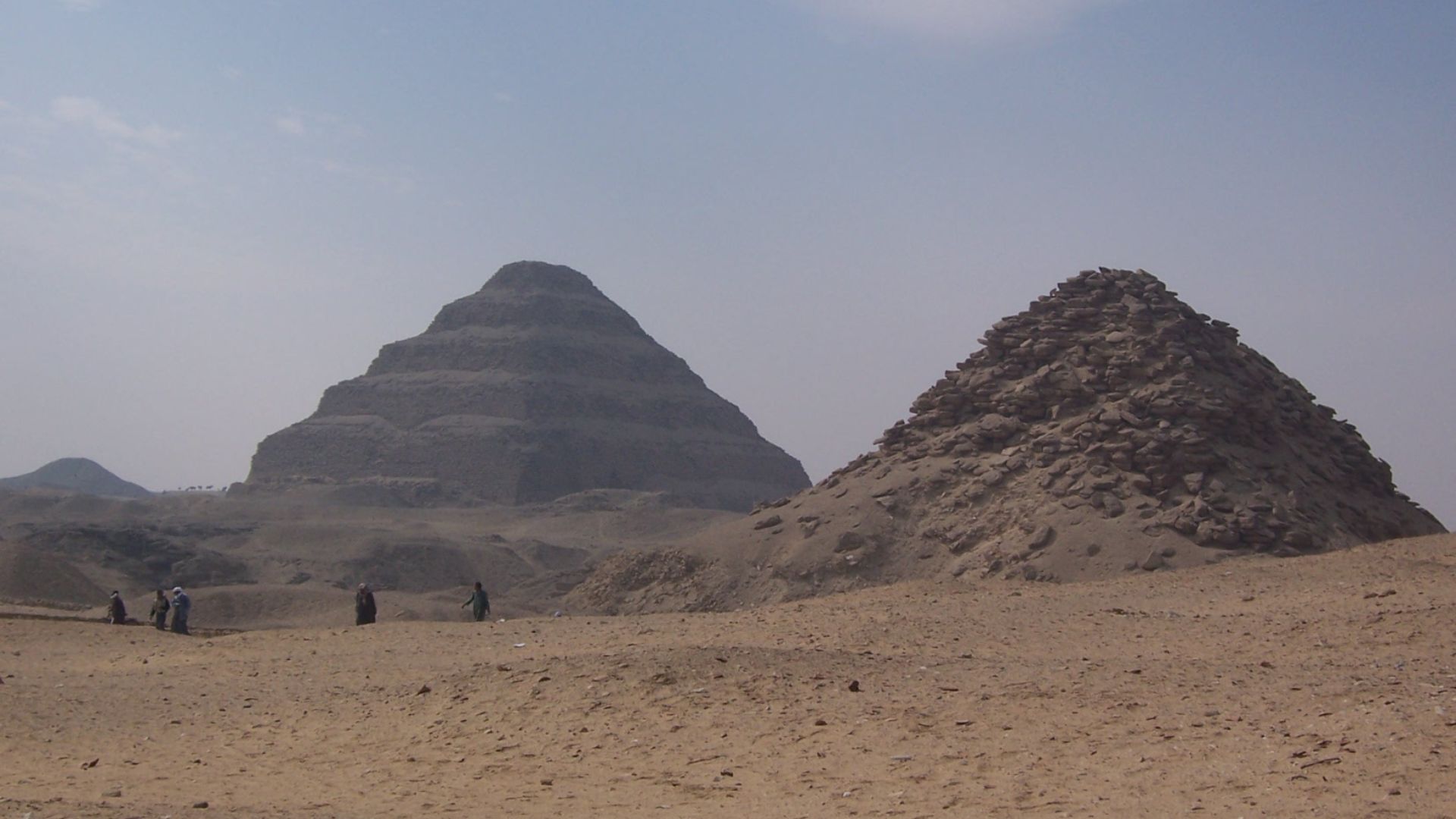 Daniel Csorfoly, Wikimedia Commons
Daniel Csorfoly, Wikimedia Commons
A Reminder Of Egypt’s Untapped Depths
This is just one of many recent discoveries in Egypt—but perhaps one of the most visually and historically striking. It’s a clear sign that much of Egypt’s royal past remains hidden beneath the sand.
A Blend Of Politics, Religion, And Legacy
Userefre’s tomb blends administrative, spiritual, and familial roles, showing how ancient Egyptian elites balanced power and piety. His life was a nexus of multiple social spheres.
Why This Discovery Matters Now
In a year filled with archaeological breakthroughs, this tomb stands out for its preservation, symbolism, and architectural uniqueness. It deepens our understanding of Egypt’s Fifth Dynasty.
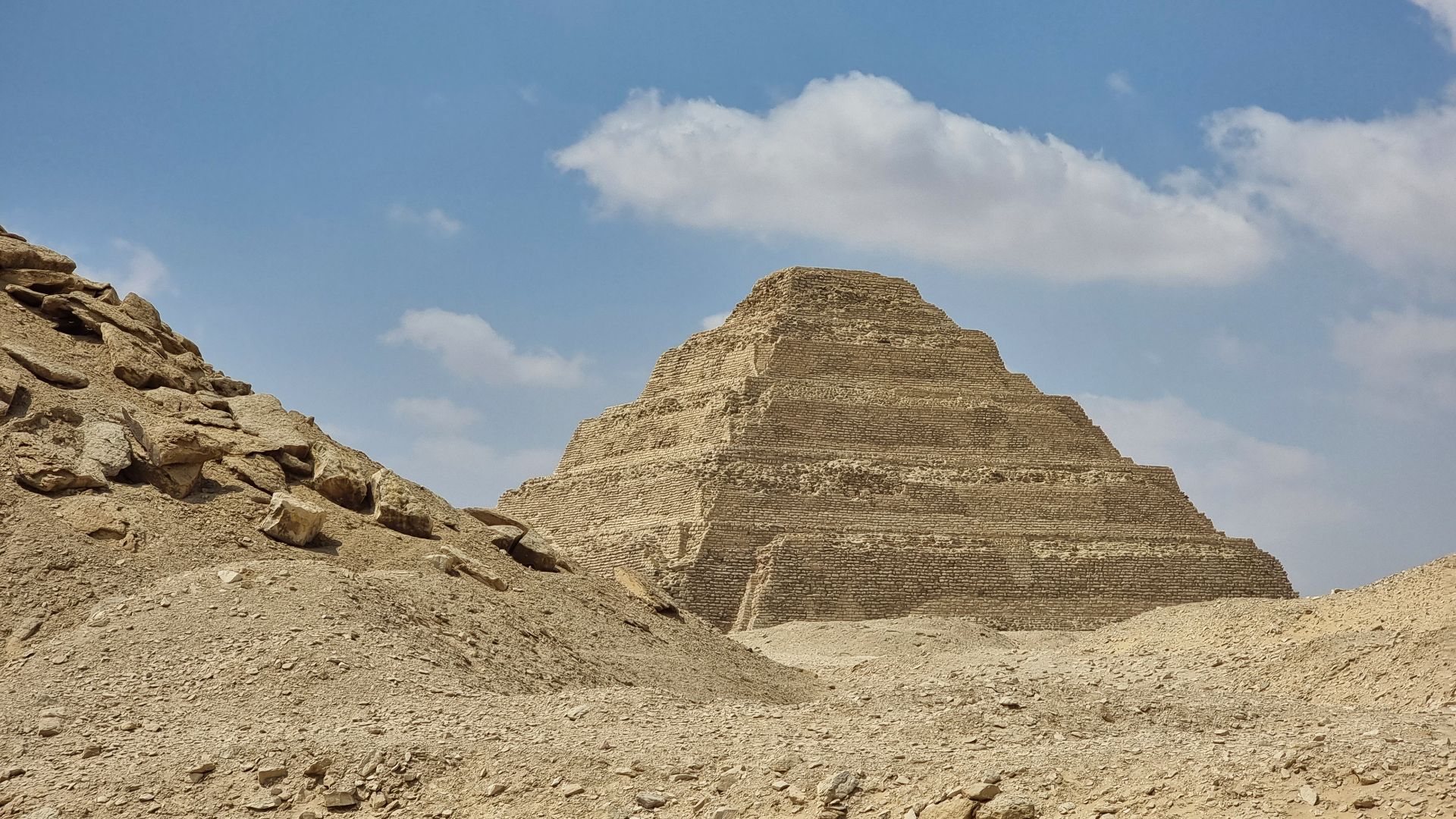 Prof. Mortel, Wikimedia Commons
Prof. Mortel, Wikimedia Commons
Not Just A Tomb—A Time Capsule
From pink granite doorways to delicate statue arrangements, the tomb is a snapshot of elite Egyptian life over four millennia ago. It’s history preserved in granite and echoing through time.
Final Thoughts: The Past Is Never Truly Buried
The tomb of Prince Userefre reminds us that history isn’t static—it’s waiting. With each false door opened and each chamber explored, the mysteries of ancient Egypt are slowly, gloriously, waking up. And for archaeologists, the sands of Saqqara may yet hold many more voices from the deep past.
 British Museum, Wikimedia Commons
British Museum, Wikimedia Commons
You May Also Like:
American History Questions Most Americans Get Wrong
Source: 1


